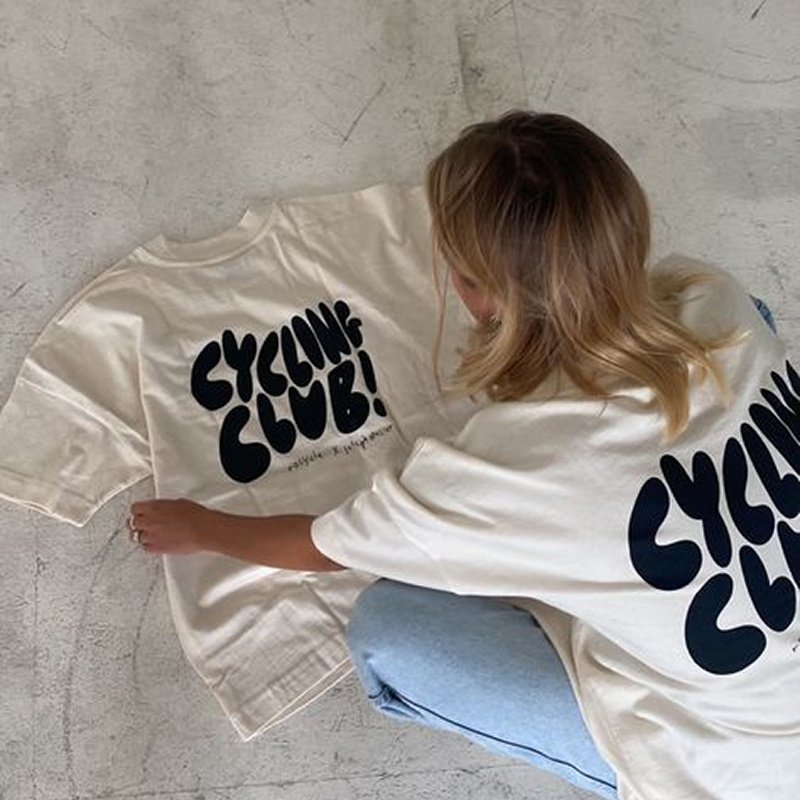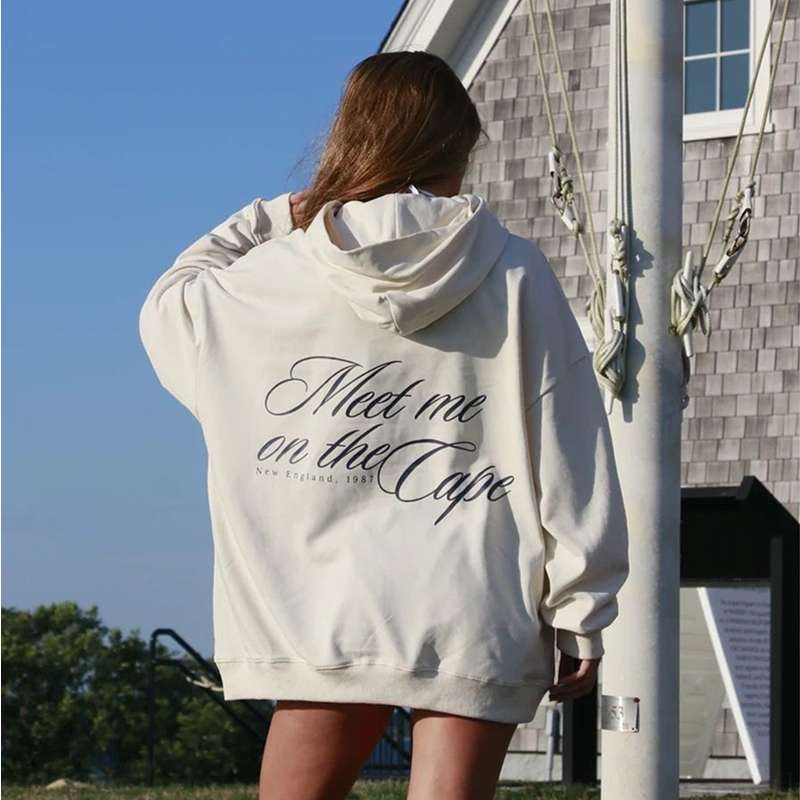Introduction: The Humble Start of a Global Icon
The T-shirt is everywhere. It hangs in every wardrobe, appears on every street, and fits seamlessly into nearly every culture around the globe. Its simplicity is deceptive: a short-sleeved, collarless garment, often made from cotton. Yet this unassuming piece of fabric has traveled through military ranks, Hollywood glamour, countercultural movements, political protests, and luxury fashion runways to become one of the most recognized and loved clothing items in history.
Today, the T-shirt is not just fashion—it is identity, communication, and culture stitched together. To truly appreciate this garment, we must dive into its fascinating journey from a functional undergarment to a symbol of freedom, rebellion, and self-expression.
Chapter 1: Origins – From Workwear to Military Undershirt
Early European Roots
The earliest forms of what we now call the T-shirt can be traced back to the 19th century. European workers began cutting their long union suits (one-piece undergarments) into two parts, using the top half as lightweight workwear during the summer. These pieces were practical: easy to wash, inexpensive, and comfortable.
U.S. Navy Adoption
In 1913, the U.S. Navy adopted short-sleeved, crew-neck cotton undershirts as standard issue. The design was simple: breathable, durable, and easy to tuck under uniforms. This move made the T-shirt official, giving it a functional and disciplined identity.
Workwear for Farmers and Laborers
By the 1920s and 1930s, the T-shirt was widely worn by American farmers, miners, and factory workers. Sears catalogs sold them for pennies, advertising them as “comfortable, inexpensive undergarments for men.” Still, the T-shirt remained hidden under uniforms, not yet a statement piece.
Chapter 2: Hollywood Turns the Spotlight
The Birth of Cool in the 1950s
The T-shirt’s transformation from underwear to outerwear began in Hollywood films. Stars like Marlon Brando in A Streetcar Named Desire (1951) and James Dean in Rebel Without a Cause (1955) wore plain white T-shirts as outer garments.
This was revolutionary: they turned a simple cotton tee into a symbol of rebellion, masculinity, and youthful cool. Sales skyrocketed, and young men across America emulated their icons.
The White Tee Becomes Universal
By the end of the 1950s, the T-shirt was no longer “just an undershirt.” It was a legitimate piece of casual wear, adopted by teenagers who sought to distance themselves from the formality of their parents’ suits and dresses.
Chapter 3: The 1960s–70s – The T-Shirt as a Canvas
Tie-Dye and Counterculture
The 1960s counterculture embraced T-shirts as canvases for self-expression. Tie-dye techniques turned plain white tees into psychedelic bursts of color, reflecting the era’s experimentation, freedom, and rebellion.
Political and Protest Tees
The late 1960s also saw the rise of slogan T-shirts. Anti-war messages, civil rights slogans, and feminist statements turned the T-shirt into a wearable protest banner. Clothing became communication.
Band Tees and Rock Culture
By the 1970s, T-shirts were a crucial part of rock ’n’ roll identity. Bands like The Rolling Stones and Led Zeppelin sold concert tees, merging fashion with fandom. The T-shirt became a ticket stub, a memory, and a symbol of belonging.
Chapter 4: The 1980s–90s – Branding, Sports, and Streetwear
Logo Mania
The 1980s was the decade of logos. Brands like Nike, Adidas, and Levi’s plastered their logos on T-shirts, turning them into walking advertisements. Wearing a branded tee was a statement of loyalty and status.
Sports Culture
Basketball, football, and baseball teams monetized fan loyalty through jersey-style tees. Athletes became cultural icons, and fans showcased their allegiance on cotton.
Hip-Hop and Skateboarding Influence
The 1990s streetwear explosion solidified the T-shirt as a cultural centerpiece. Brands like Supreme, Stüssy, and FUBU transformed tees into streetwear essentials. Baggy fits, bold graphics, and oversized logos defined the era.
Chapter 5: The 2000s–Present – From Fast Fashion to Luxury Runways
The Rise of Fast Fashion
The 2000s saw T-shirts mass-produced at unprecedented scale. Retail giants like H&M, Zara, and Uniqlo flooded the market with affordable tees in endless colors and styles. The T-shirt was democratized, available to everyone at low cost.
The Luxury Shift
Meanwhile, luxury brands began reimagining the T-shirt. Balmain, Gucci, and Balenciaga charged hundreds—even thousands—for “designer T-shirts,” often featuring bold logos or ironic slogans. What was once cheap workwear became a status symbol.
The Graphic Tee Renaissance
Today, T-shirts carry everything:
- Streetwear collaborations (Supreme x Louis Vuitton).
- Pop culture references (Marvel, anime, gaming).
- Political messages (#MeToo, climate activism).
The T-shirt is still the most accessible way for people to showcase identity and beliefs.
Chapter 6: Why the T-Shirt Endures
- Simplicity: Its minimalist design adapts to any outfit.
- Versatility: Works across genders, ages, and classes.
- Affordability: A tee can cost $5 or $500, yet both remain relevant.
- Cultural Resonance: From rebellion to luxury, the T-shirt adapts to the times.
Chapter 7: The Future of the T-Shirt
Sustainability and Ethical Production
With fashion’s environmental crisis, T-shirts are at the center of debates about fast fashion. Expect more focus on organic cotton, recycled fabrics, and slow fashion practices.
Tech and Innovation
Brands are experimenting with smart fabrics, sweat-wicking cotton blends, and even AR-activated graphic tees that animate with a smartphone.
Eternal Relevance
No matter how technology or fashion changes, the T-shirt will remain a universal garment—a symbol of individuality and commonality at once.
Conclusion: The Universal Garment
From the decks of U.S. Navy ships to the streets of New York City, from the protests of the 1960s to the luxury runways of Paris, the T-shirt has done it all. It is a garment of paradoxes: both cheap and luxurious, rebellious and mainstream, ordinary and extraordinary.
The T-shirt is not just clothing. It is a story worn on the chest, a piece of culture that adapts, evolves, and thrives. Its timelessness ensures it will remain a global icon for centuries to come.



